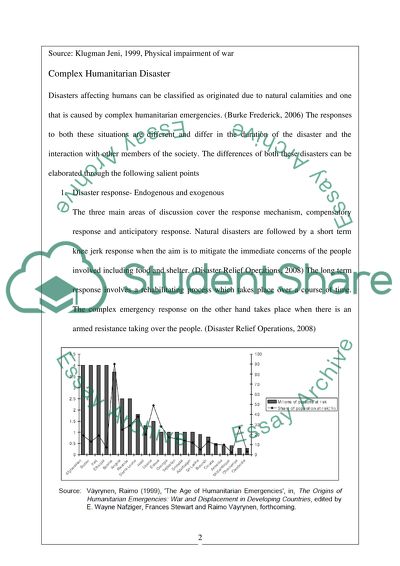Cite this document
(“Disaster relief Essay Example | Topics and Well Written Essays - 2500 words”, n.d.)
Retrieved from https://studentshare.org/psychology/1422587-disaster-relief
Retrieved from https://studentshare.org/psychology/1422587-disaster-relief
(Disaster Relief Essay Example | Topics and Well Written Essays - 2500 Words)
https://studentshare.org/psychology/1422587-disaster-relief.
https://studentshare.org/psychology/1422587-disaster-relief.
“Disaster Relief Essay Example | Topics and Well Written Essays - 2500 Words”, n.d. https://studentshare.org/psychology/1422587-disaster-relief.


